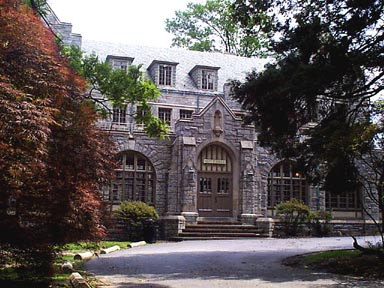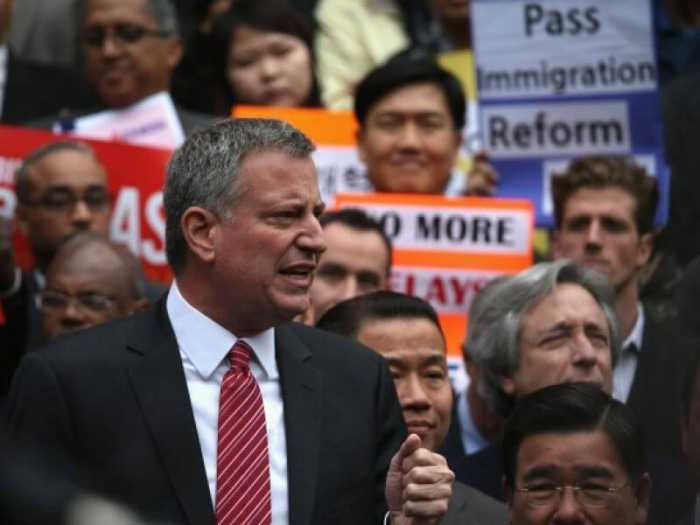Two local universities are teaming up in an effort to put students on a fast track to earning their degrees.
The Board of Trustees of Thomas Jefferson University and Philadelphia University announced a plan Thursday to pursue integrating the two schools, a move administrators say signals the evolution of academia in Philadelphia. “It’s very unusual for two universities to get together in a true marriage that isn’t incremental,” said Stephen K. Klasko, president and CEO of Thomas Jefferson University and Jefferson Health. “More importantly, it will send a signal that Philadelphia is the entrepreneurial academic place to be.”
Thursday, the heads of both schools signed a letter of intent to eventually arrive at what they’re calling a “Definitive Agreement” that should be reached by June of 2016. This, they say, will lead to the creation of a university that delivers a new brand of education for students studying in all departments, including health, science, architecture, design, fashion, business and engineering. RELATED:The future of medicine in the age of Millennials The combination would result in Philly’s fifth largest academic institution, with enrollment of about 7,500 — about 50 percent graduate and 50 percent undergrad — with roughly half of total enrollment coming from each institution. “This underscores the creation of a comprehensive university and re-imagines a paradigm — we’re talking about innovation being the core responsibility of education, giving students choices in ways in which they want to be taught, a spectrum of opportunities [that] starts to fulfill the promise of lifelong learning,” said Stephen Spinelli, president of Philadelphia University. “The combination of those will allow people to be specialists in their fields and their abilities to solve problems.”
“I went to college in the ’70s. Think about everything that’s changed in how people access information — the technology that’s changed. It was before video games, pre computers,” said Klasko. RELATED:Six steps to finding the right MBA program for you “People making those incremental changes are people of the ’70s, and they’re saying, ‘Let’s do something innovative. Let’s give our student iPads.’
“At the end of the day, we have an opportunity to do this — to start from scratch and create a learning environment that’s based on the way students actually learn.”
Asked whether the merger would affect tuition costs, both provosts said it was too soon to tell, “but the value created will be enormous,” said Spinelli.
The two schools don’t differ much in size. They’ll be contributing about equally in population between seven colleges.
“It’s almost the perfect match.com,” Klasko quipped.
As for any future name change, both men said they would be looking at marketing plans for the best way to brand this new joint venture.
Jefferson, Phila U, to merge

Philadelphia University


























